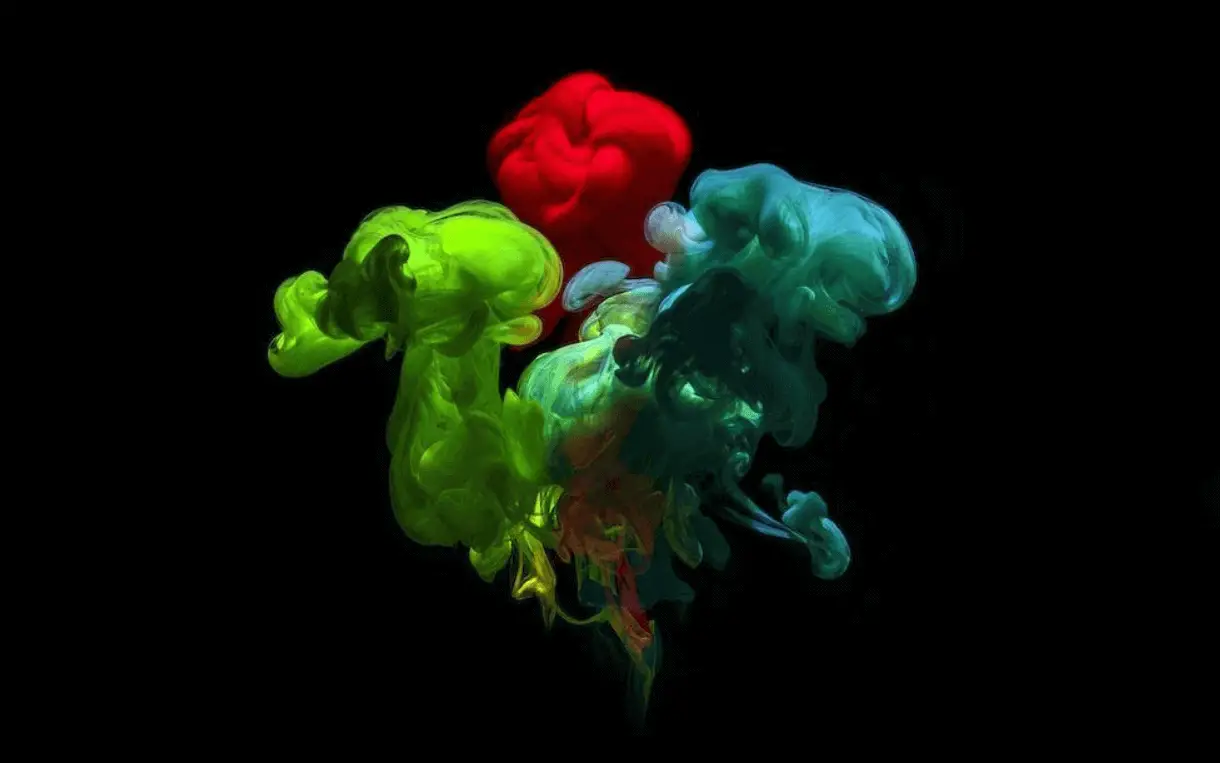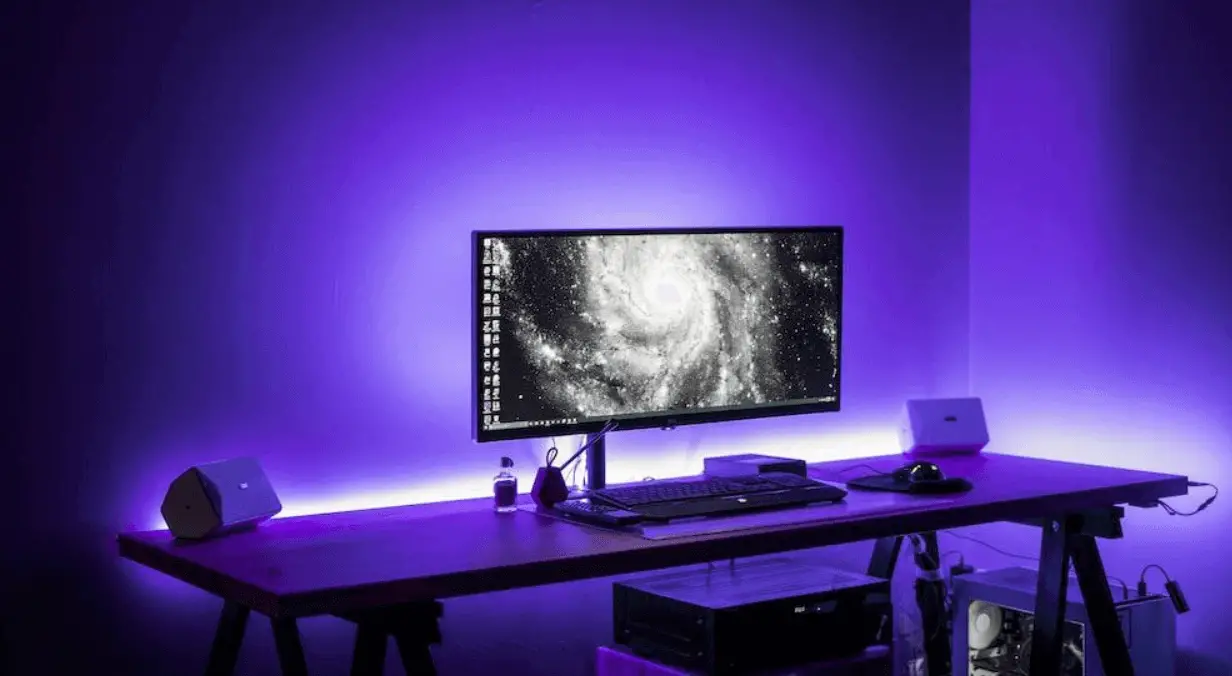Why are the colors on a photo distorted after being uploaded to the Internet? How to get beautiful pictures when printing, and making a photo book? What to do if your professional monitor makes the colors look lush and bright, but your client’s gadget looks dull and muddy? All these problems can be solved if you adjust the color space correctly during shooting or in post-processing.
The most important color spaces for photographers are sRGB and Adobe RGB. We tell you what they are, how they differ, and which one to choose. You can check out which is better: RGB vs sRGB on Skylum`s blog. The right color space will provide the best color when printing or uploading photos to the Internet.
What are a color space and color model?
The color space is a “translator” built into monitors, printers, cameras, and phones that allows devices to read and display colors correctly.
To simplify, for example, the RGB color space has three digits: R – 255, G – 0, and B – 0. To you, that’s just a set of letters and numbers, but a graphics editor or phone will translate those values into color and show you a saturated red. Each pixel in a photo has its own set of such digits and, accordingly, its color, which the color profile decodes.
It turns out that color is like a point in a coordinate system. You point here, it’s blue, somewhere else it’s pink, and somewhere else it’s green. But it’s not that simple. Then all the devices would have the same settings and the colors would look exactly the same. Sounds great, but unrealistic.
The most famous color patterns:
- RGB. The most common color profile. In it, colors are formed from a combination of three colors: red (R), green (G), and blue (B). The complete absence of these colors gives black color and the sum of all three – white. This color model in one form or another is built into all phones, monitors, and cameras.
- CMYK. The model is based on a mixture of four colors (typographical inks): C (Cyan) – cyan, M (Magenta) – magenta, Y (Yellow) – yellow, and K (Black) – black. Used in print shops and in prepress when you know exactly what you are going to print in this photo.
- HSB, or HSL. A color model that dissects each color into three components: H (Hue) for hue, S (Saturation) for saturation, and L or B (Lightness or Brightness) for brightness, or in some translations, luminance. This model is embedded in the tools for working with color in Lightroom, Capture One, Photoshop, and Adobe Camera Raw. HSB color model integrated into Photoshop tools.
- Lab Color Model. This model has the greatest color gamut – displaying the most colors at their maximum brightness. The color profile is popular in professional circles when an image is being prepared for printing.
Adobe RGB or sRGB: Types of RGB color spaces
The RGB color model includes several color spaces. This is because different monitors, printers, and phones have different color reproductions – manufacturers have not agreed on a single standard, and they all have different technologies and product visions. The introduction of common color spaces is an attempt to bring everything to a common denominator. This ensures that in most cases the photo on your laptop and your client’s phone will be the same color.
The photographer is most often confronted with two color spaces:
- Adobe RGB. A color space with a wide color gamut. Compared to sRGB, colors are brighter and more saturated. It also produces more shades of dark green. It’s most commonly used for printing and prepress. To unleash the full potential of this space, you need an expensive monitor that supports Adobe RGB. So, your client can hardly see all the richness of color. But that’s possible if you only work with other pros, printers, and in the b2b segment. The downside of the space is that when you upload photos to the Internet, the colors come out faded, dull, and dirty.
- sRGB. A color space with a narrower color gamut than Adobe RGB, but very common. sRGB is supported by all monitors, phones, tablets, TVs, and projectors. Moreover, this is the color space to work in if your photos live only in virtual spaces – social networks, websites, or cloud disks.
Important: It is working in the wrong color space that can severely distort the colors when a photo is printed or published on the Internet. But sometimes even the right color space doesn’t help.
For example, Xiaomi phones are famous for greatly increasing color saturation. So you and your customer get the same color images on your monitor, but on your phone, the colors will be much more vivid. What is the consequence? The disappointing conclusion is that there is no such thing as perfect color. If your customer is complaining about color, but your color space is just right, ask to see the picture on different devices-phone, laptops, PC -or better yet, check the pictures yourself before sending them out. If the problem persists, you should consider having your monitor calibrated by a professional.
How to change the color space
You can choose which color space to work in – Adobe RGB or sRGB – both before you shoot on camera and during post-processing. We tell you how to choose the right color space in your camera, as well as in Lightroom and Adobe Photoshop.
Camera color space
To select a color space before taking a picture, go to the camera menu. For example, in Canon, this is an icon with a camera icon with two dots, and in Nikon, it is just a camera icon. If your camera settings are in English, look for the Color Space line in the list.
How to change the color space in Photoshop and Adobe Camera Raw
To keep the color of a photo in Photoshop, open the program and go to the Edit – Color Setting menu. Settings, select the General Purpose 3/Euro General Purpose 3 profile and press OK
If you shoot in RAW and before Photoshop makes sure to go through Adobe Camera Raw, you can change the color space there by clicking on the underlined line at the bottom of the window.
How to change the color space in Lightroom
Edit – Settings/Preferences – External Editing. Set Adobe RGB or sRGB in the Color space drop-down list. If you find that you are working in the wrong color space for you, you can change it before you save the processed photos. To do this, click the Library tab and find the Export button.
Are you interested? You can find information about RGB vs sRGB color spaces on Skylum`s blog.



